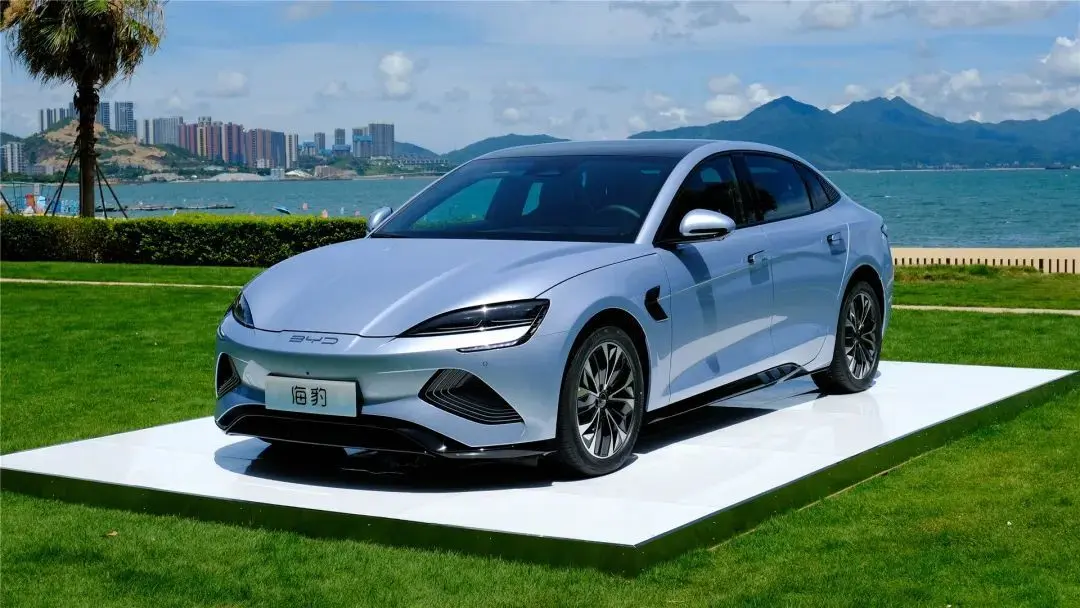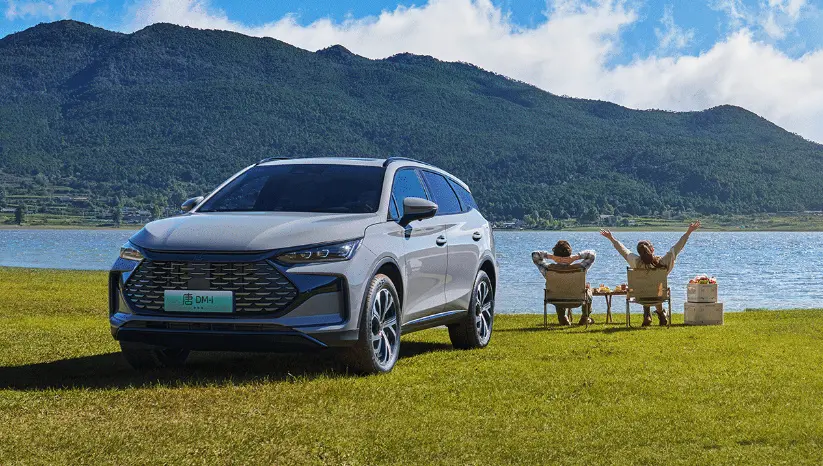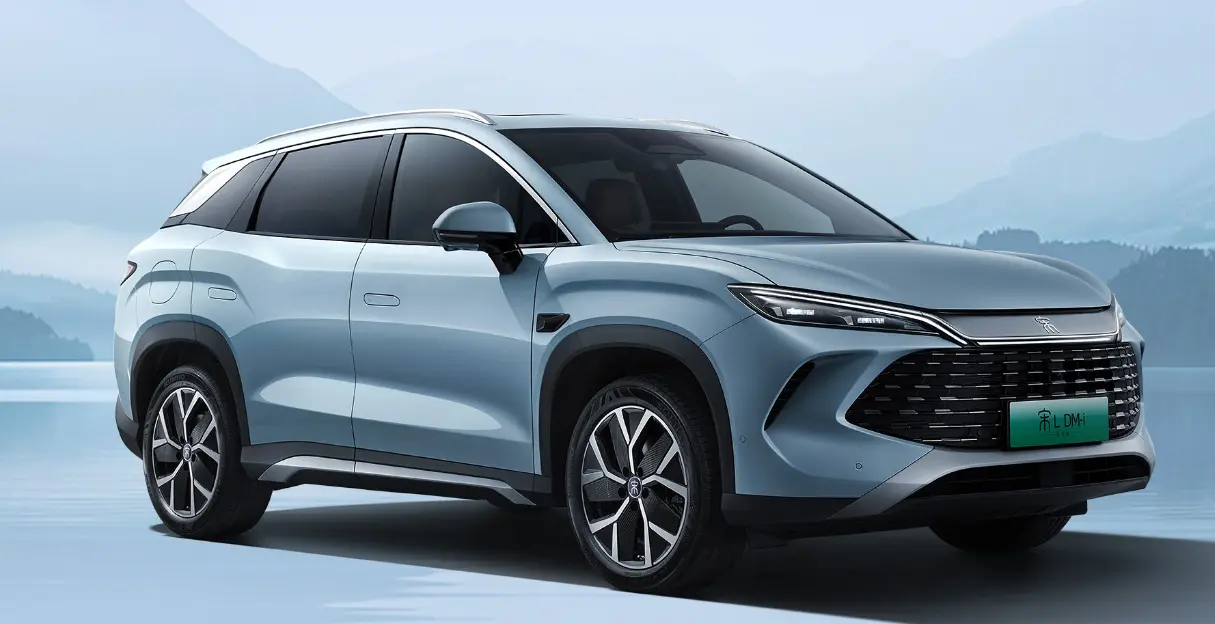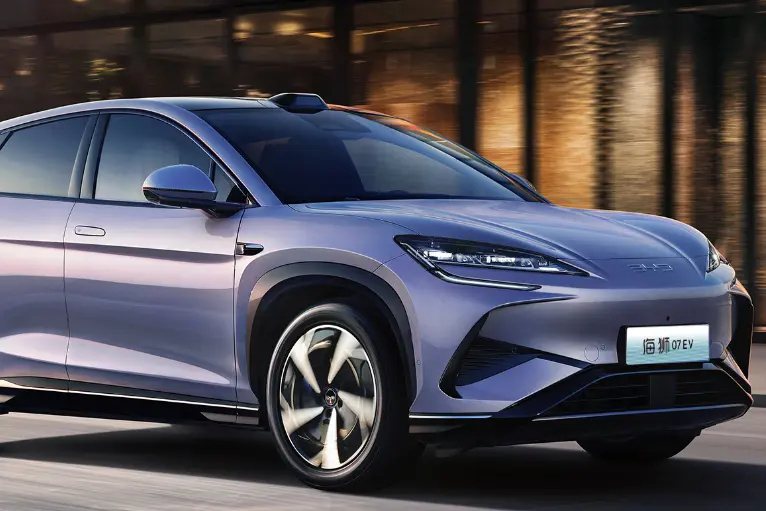Is the battery of a new energy vehicle damaged when fully charged or when lightly charged?
From a technical perspective, the lifespan of lithium batteries is mainly related to the following factors
Cycle count: A complete 100% charge and discharge cycle counts as one cycle. However, multiple partial charge and discharge cycles (such as two 50% cycles) consume much less of the cycle life than a single 100% cycle. Voltage stress: The higher the battery voltage, the greater the pressure on the internal chemical materials, the more side reactions there are, and the faster the attenuation. When a battery is fully charged at 100%, its voltage is at its peak. Maintaining this for a long time will accelerate the structural aging of the positive electrode material and the decomposition of the electrolyte. Deep discharge: When the battery's charge is too low (such as below 10%), excessive loss of lithium ions inside the battery may cause the collapse of the graphite structure at the negative electrode, resulting in irreversible capacity loss.
|
Compare "full charge" and "shallow charge" Frequent charging (to 100%) and maintaining it for a long time can cause significant damage. Batteries are constantly under high-pressure stress for a long time, which accelerates material aging and leads to permanent capacity decline. If the spring is kept compressed to the limit for a long time, it will lose its elasticity. Try to avoid charging it to 100% every time during daily use, especially when not using the vehicle immediately. Deep discharge (to around 0%) can cause significant damage. It will cause excessive discharge of the battery, damage the internal chemical structure, and in severe cases, may lead to the battery "starving to death" and being unable to be recharged. It makes people faint from hunger and does great harm to the body. Absolutely avoid. Try to charge the battery before it drops below 20%. Shallow charging and discharging (such as maintaining between 20% and 80%) causes the least damage. When the battery operates in a medium voltage range, its internal chemical state is the most stable and the pressure is the least, which can greatly extend the battery's cycle life. Moderate exercise and rest are the healthiest way of life. It is recommended as the best habit for daily use. |
 |
Special recommendations for different battery types
Ternary lithium batteries: Their characteristic is high energy density, but they are more sensitive to high voltage. The attenuation effect is more obvious when fully charged. It is recommended to charge them to 90% in daily use. If you need to go on a long trip, recharge it to 100% temporarily. The target range of 20% to 90% is the most ideal for daily use. Lithium iron phosphate battery: feature is more stable chemical properties, high temperature resistance, long cycle life, full of the state of the electric resistance is better than the ternary lithium. The official usually recommends that the battery be fully charged at least once a week (to 100%) to allow the battery management system to calibrate the battery level and ensure the accuracy of the battery level display. For daily use, it can be calibrated between 30% and 80% or 90%. Fully charge it once a week.
|
Summary and the Golden Rule Overall, "shallow charging and shallow discharging" is the best strategy for protecting batteries. Charge as needed to avoid low battery. Don't wait until the battery is almost completely drained to charge it. Whenever you have the chance, plug in the charging gun and try to keep the battery level between 20% and 80%. It's not necessary to fully charge it. Unless you need to go on a long trip the next day, you don't have to charge it to 100% every time during your daily commute. Setting the charging limit to 80% or 90% is very beneficial for battery health (many car models now support this function). Use the auto promptly after it is fully charged. If the car is fully charged to 100%, try to drive it away as soon as possible to avoid keeping the battery fully charged and stationary for a long time. In daily life, slow charging (AC charging) is mainly used, while fast charging (DC charging) serves as an emergency measure for long-distance energy replenishment. Slow charging generates less current and heat, making it more battery-friendly. |
 |















